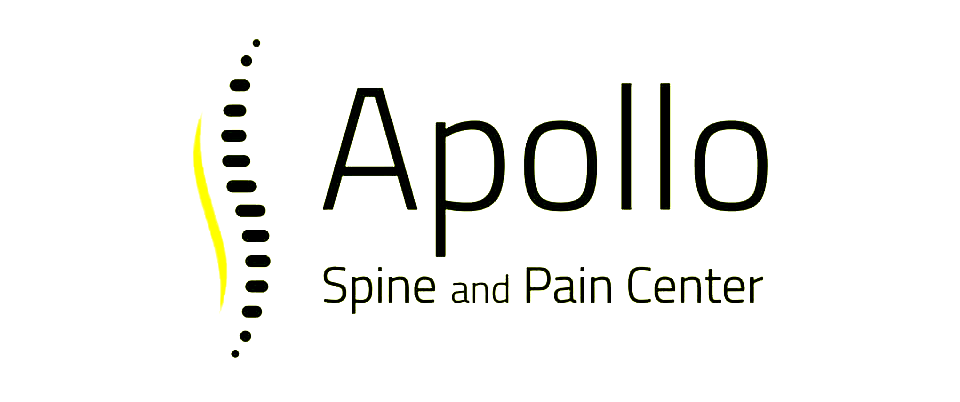Managing Acute and Chronic Headaches
Headaches are a common ailment that many people face in their daily lives. They can range from a minor inconvenience to a debilitating condition, significantly affecting one’s ability to function. Understanding the nature of headaches, whether they are acute or chronic, is key to finding the right relief strategies.
Acute headaches are often short-lived but can be intense, typically caused by stress, dehydration, or lack of sleep. On the other hand, chronic headaches persist over a longer period and may be due to underlying health issues. Differentiating between these types helps in tailoring effective treatment plans.
Managing headaches involves more than just medication. It requires a comprehensive approach, including proper diagnosis, lifestyle changes, and preventive measures. By exploring various methods of management, individuals can reduce headache frequency and improve their quality of life. This journey begins with understanding the basics of what triggers these headaches and how to address them effectively.
Understanding Types of Headaches
Headaches are one of the most frequent health issues people encounter, but not all headaches are the same. It is important to differentiate between acute and chronic headaches to manage them effectively. Acute headaches often appear suddenly and last for a short period. They might be triggered by stress, dehydration, or sinus issues. Common examples include tension headaches and migraines, which can be intense but typically resolve with rest or medication.
Chronic headaches, however, occur regularly over an extended time. They can be caused by underlying conditions such as anxiety, depression, or chronic tension, leading to frequent pain. These are diagnosed when headaches occur more than 15 days a month, lasting several months. Chronic migraines and tension-type headaches fall into this category.
The impact of headaches on daily life can be profound. They can disrupt work, school, and social activities, leading to decreased productivity and strained relationships. Many people with chronic headaches also experience emotional distress due to the persistent nature of their pain. Recognizing and understanding these differences help in tailoring appropriate treatment plans and prevention strategies.
Diagnosis and Assessment
Proper diagnosis of headaches is crucial for effective management. Misdiagnosis can lead to ineffective treatments and prolonged discomfort. Identifying the specific type of headache a person experiences allows healthcare providers to recommend targeted therapies that offer the best chance of relief.
There are several tools and methods used to diagnose headaches. Healthcare providers typically begin with a thorough medical history and physical examination to understand the patterns and triggers of the pain. Imaging tests like MRI or CT scans might be ordered to rule out serious causes when necessary. Keeping a headache diary can also be an insightful tool, helping track headache frequency, duration, and potential triggers.
Collaborating with healthcare providers is key to a comprehensive headache evaluation. This partnership ensures that all factors contributing to the headaches are considered in the diagnosis and treatment plan. Patients benefit from a personalized approach, which increases the likelihood of identifying effective pain management strategies tailored to their specific needs. By working closely with medical professionals, individuals can better understand their condition and take proactive steps to manage their headaches effectively.
Treatment Options
When it comes to managing headaches, a variety of treatment options are available. Medications form the cornerstone for many, with options ranging from over-the-counter analgesics to prescription medications like triptans and beta-blockers for migraines. These medications aim to reduce pain intensity and prevent recurrence.
Non-medication treatments can also be quite effective. Regular physical activity, proper hydration, and maintaining a consistent sleep schedule often help. Dietary changes, like reducing caffeine and processed foods, can make a big difference for some individuals. Biofeedback and cognitive behavioral therapy offer ways to manage stress and physical tension, common headache triggers.
Interventional pain management techniques provide specialized options for chronic cases. Procedures like nerve blocks or Botulinum toxin injections have shown promise for certain headache types. These interventions target specific pain pathways, offering relief when traditional methods fall short. By exploring these treatments, individuals can find tailored solutions that improve their quality of life significantly.
Preventive Measures and Self-Management
Preventing headaches before they start can be a powerful tool for those who suffer frequently. Developing a personalized headache prevention plan begins with identifying triggers. Keeping a headache diary to monitor when headaches occur and what factors might have contributed can reveal patterns. Once these triggers are known, steps can be taken to avoid them.
Stress management plays a critical role in prevention. Techniques like meditation, yoga, and deep breathing exercises can help maintain calm and reduce headache risks. Regular check-ups with a healthcare provider ensure that any underlying issues are addressed and that the prevention plan remains effective.
Support systems are invaluable for those managing chronic headaches. Joining a support group or connecting with others who experience similar conditions can provide emotional support and practical tips. Accessing resources such as community workshops or online forums fosters a sense of belonging and helps individuals stay informed about the latest management strategies.
Conclusion:
Managing headaches effectively requires a combination of proper diagnosis, tailored treatments, and personalized prevention plans. By understanding the causes of headaches and working with healthcare professionals, sufferers can find ways to alleviate pain and improve their daily lives. Exploring both medication and non-medication options provides a holistic approach to achieving relief.
Prevention and self-management are key elements in reducing headache frequency and severity. With stress reduction techniques, regular medical evaluations, and a solid support network, individuals can control their symptoms and enhance their overall well-being. Adopting a proactive approach empowers patients to take charge of their health.
If you're ready to explore comprehensive
pain management intervention, contact Apollo Spine and Pain Center. Our team is dedicated to providing personalized care and innovative treatments to help you live a headache-free life.












